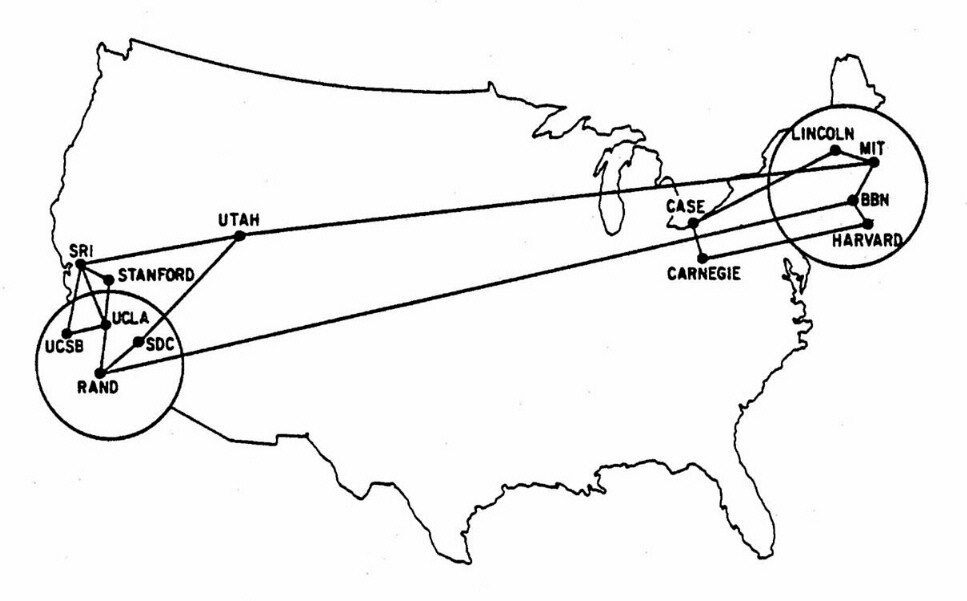However, this heralded event was preceded by a developing vision for global information communication by early thinkers who foresaw aspects of today’s globally-connected world. But this vision had to wait for technology to catch up.
Perhaps the first system that actually provided global electronic connectivity with instantaneous communication occurred with the invention and intercontinental deployment of the telegraph network. This took place in the mid-nineteenth century and was a turning point in world history. One can argue that it served as an inspiration for even broader visions to come as well as a harbinger of some elements of the Internet we enjoy today.

One of the earliest direct expressions of the vision imagined that “It will be possible for a business man in New York to dictate instructions, and have them instantly appear in type at his office in London or elsewhere.” Further, that “…an inexpensive instrument, not bigger than a watch will enable its bearer to…” deliver “…any picture, character, drawing or print … from one to another place”. Amazingly, this is a quote from Nicola Tesla more than 100 years ago, in 1908! Clearly, his was a vision of large-scale, global communication.
Some years later, in 1938, H. G. Wells articulated his “World Brain” as “a depot where knowledge and ideas are received, sorted, summarized, digested, clarified and compared“. He called for the compilation of this constantly growing and changing ‘World Encyclopaedia’, to be reviewed by outstanding authorities and made accessible to every human being.
Then, in 1945 Vannevar Bush predicted a machine with collective memory that he called the memex, with which “Wholly new forms of encyclopedias will appear, ready-made with a mesh of associative trails running through them, ready to be dropped into the memex and there amplified”. His approach provided insights into the mechanism by which this might happen – which even had some similarities to hypertext.
In 1960, when time-sharing and human-computer interaction were in development, J.C.R. Licklider articulated his man-computer symbiosis ideas for a ‘Galactic Network’. He envisioned a world where computers could “become not just superfast calculating machines, but joyful machines: tools that would serve as new media of expression, inspirations to creativity, and gateways to a vast world of online information”. Not only did he articulate a vision, but he also saw the path to implementation with interactive access to computers. Two years later, Licklider served as first director of the Information Processing Techniques Office (IPTO) of ARPA.
We see that by the early 1960’s, there had already been a long lineage of visions of global communications. It was at this point that the underlying understanding of how networks could be architected was about to develop. This led to the recognition by advanced thinkers that such networks could now be implemented as the needed technologies for such implementations were emerging.
It is fair to say that the Internet had to happen – it was “in the air”. It was a vision waiting for technology to catch up.
Authored by Internet Hall of Fame inductee Leonard Kleinrock of UCLA, this is the first in a three-part series, the ‘Untold Internet’, exploring some of the more unfamiliar aspects of Internet history.